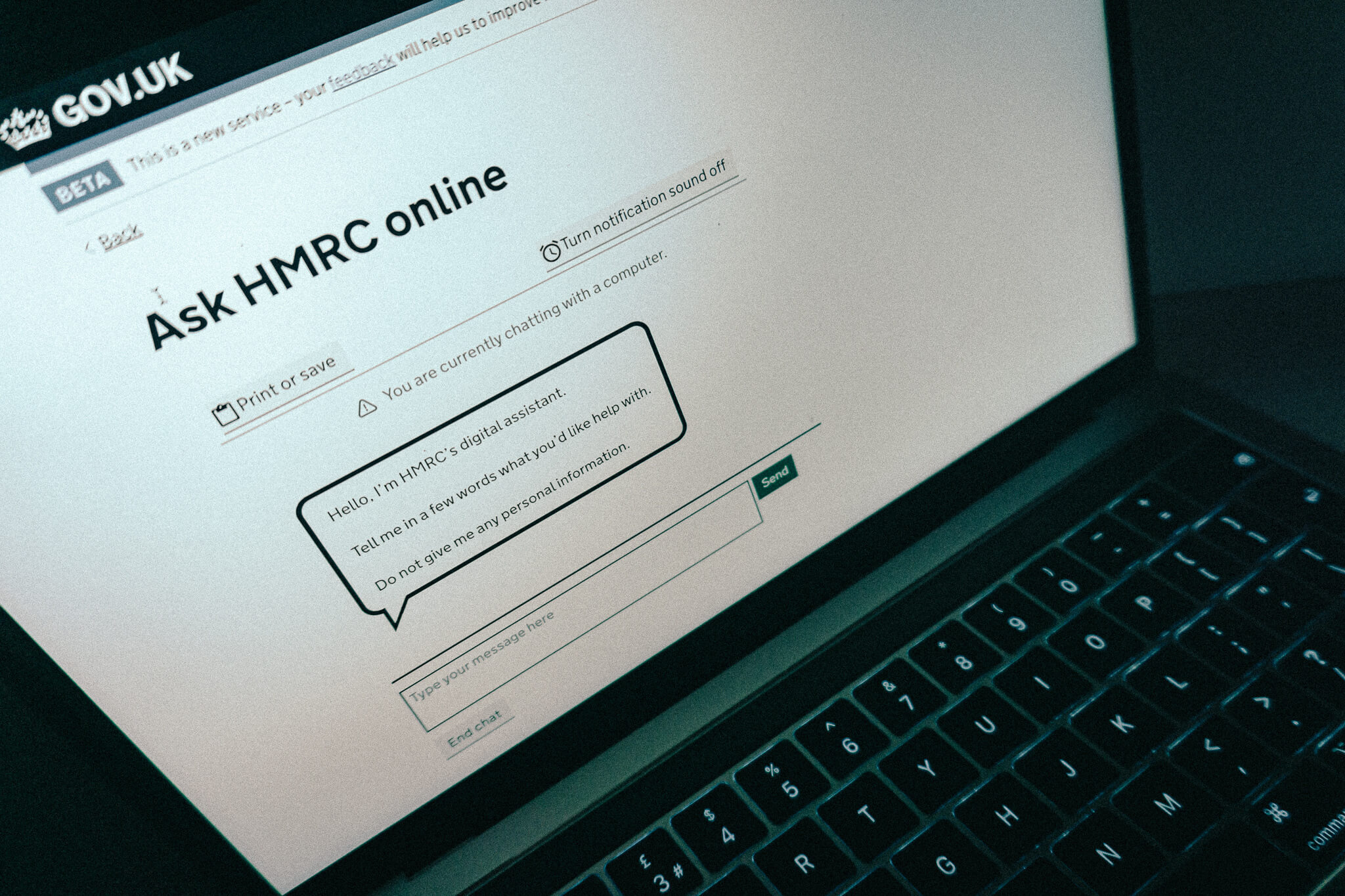Work to support planned closure of RCDTS Ltd continues as department signs contract with telecoms firm
Credit: Kev/Pixabay Image has been cropped
HM Revenue and Customs has signed a potential £50m deal with BT that will see the telecoms firm take over the long-term delivery of services currently provided by RCDTS Ltd – the department’s soon-to-close in-house IT provider.
Staff from RCDTS will be transferred to become employees of BT under TUPE regulations, a process which the tax agency has pledged will be accompanied by a “full and open consultation” with those affected.
Newly published commercial documents reveal that HMRC entered into an initial four-year contract with BT on 25 November.
The deal – which is intended to provide the department with a “networks managed service provider” – will be worth £32.4m to the telco between now and November 2026. If the engagement is extended to its full potential term of seven years, this figure will increase to £48.6m.
The procurement notice indicates that BT will oversee operation and maintenance of networks. The telco will also support “change projects [and] design build and delivery of network transformation services” which will be undertaken to enable “service optimisation and innovation”.
This suite of services has previously been delivered by RCDTS Ltd: a government-owned company that, for the last seven years, has been dedicated to providing HMRC with IT services. It was announced earlier this year that the firm, which was established to help the tax agency migrate away from major long-term outsourced IT contracts, is to be shut down by the end of the 2022/23 fiscal year.
Related content
- HMRC: 85% of customer service is now digital
- HMRC estimates 100,000 missed calls during web and helpline outages
- HMRC picks £5m partner to support programme to ‘transform customer interactions’
“The… managed service provider [contract] aims to put in place replacement support and transformation contract for the services currently provided by RCDTS Ltd, which is due to close by the end of March 2023,” the procurement notice said. “The supplier will need to provide service continuity and in parallel plan, design and implement a transformation to a modern network service.”
When it was announced in January that RCDTS is to be shut down, HMRC indicated that no redundancies were expected as part of the closure – the intention of which is to allow the department to assume “more control of its IT strategy and estate, ensuring we have the right capabilities in house, supplemented by buying in standardised IT services from a more diverse range of partners”.
The department indicated to PublicTechnology that all staff of the government-owned company will either become HMRC employees or be transferred to commercial firms taking over delivery of certain services – as is the case with the BT managed network services contract. Once all such transferrals have been concluded – a process which the department said is “already well underway” – RCDTS Ltd will be formally wound up.
An HMRC spokesperson said: “We confirmed for the RCDTS networks team that, subject to consultation, they will transfer under TUPE with their work to BT. We are committed to full and open consultation with colleagues and all affected parties, as well as supporting our people through any potential change.”
The most recent annual accounts for RCDTS – which stands for Revenue and Customs Digital Technology Services – show that the firm employed about 750 people during the 2021/22 year and provided HMRC with £85m in IT services.
The size of the contract with BT would account for almost 10% of this work.
The services covered by the maintenance and ops part of the deal will include: “tooling; availability, capacity, and performance management; design and implementation; network service reports; service delivery management; test laboratories; [and] security”. Minor and “non-standard” changes to network setup may also be required.
Alongside this day-to-day work, BT will also be asked to “design, build, test and implement network service optimisation and innovation initiatives that would deliver new and improved technical solutions, enable new ways of working and leverage modern technologies to meet defined target outcomes”.



